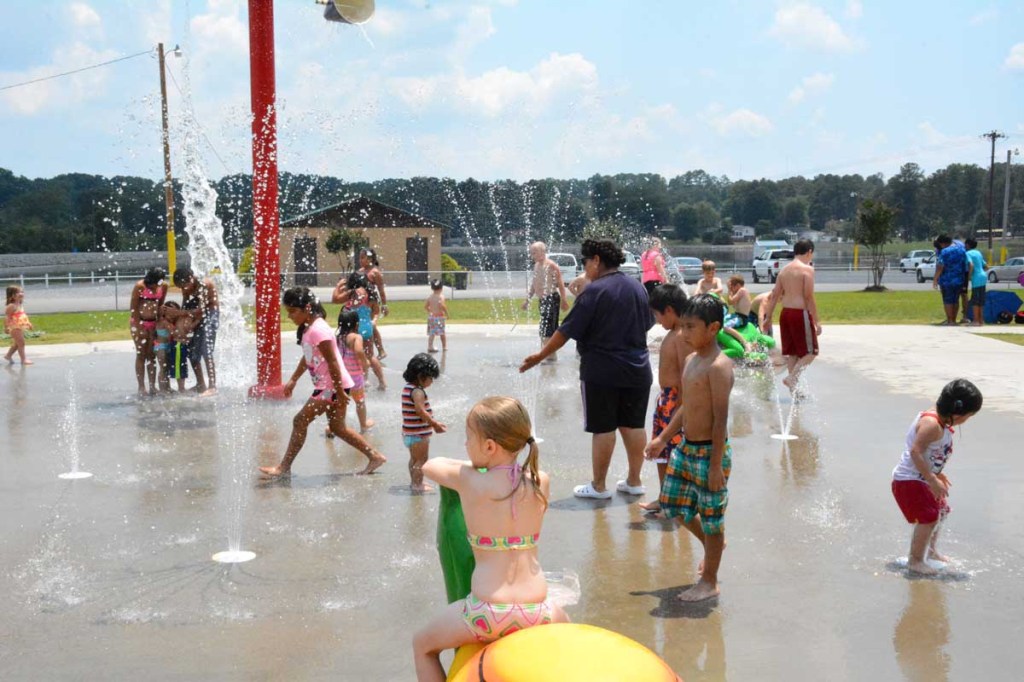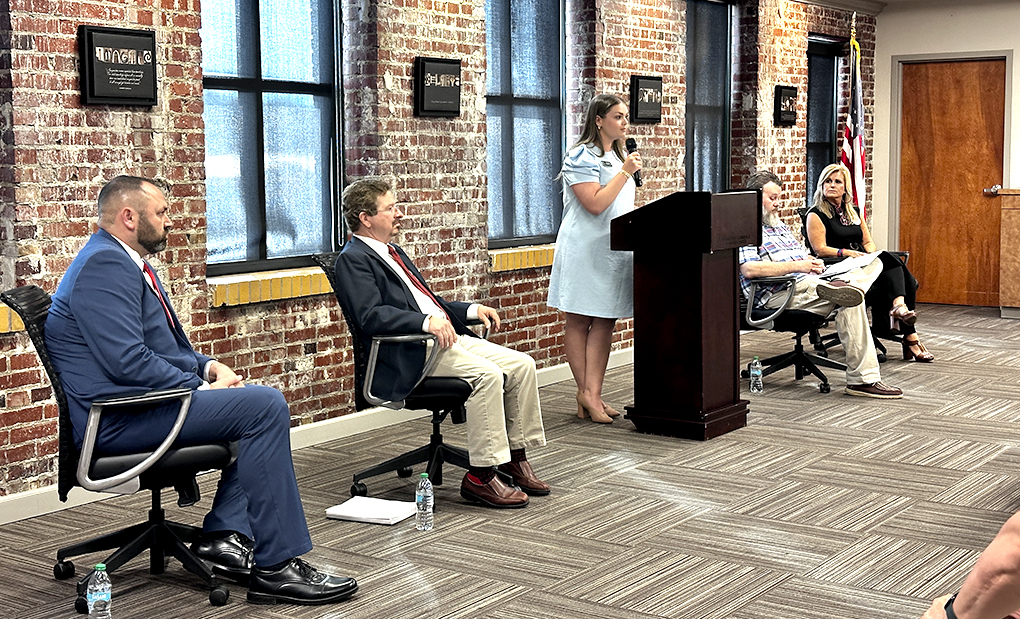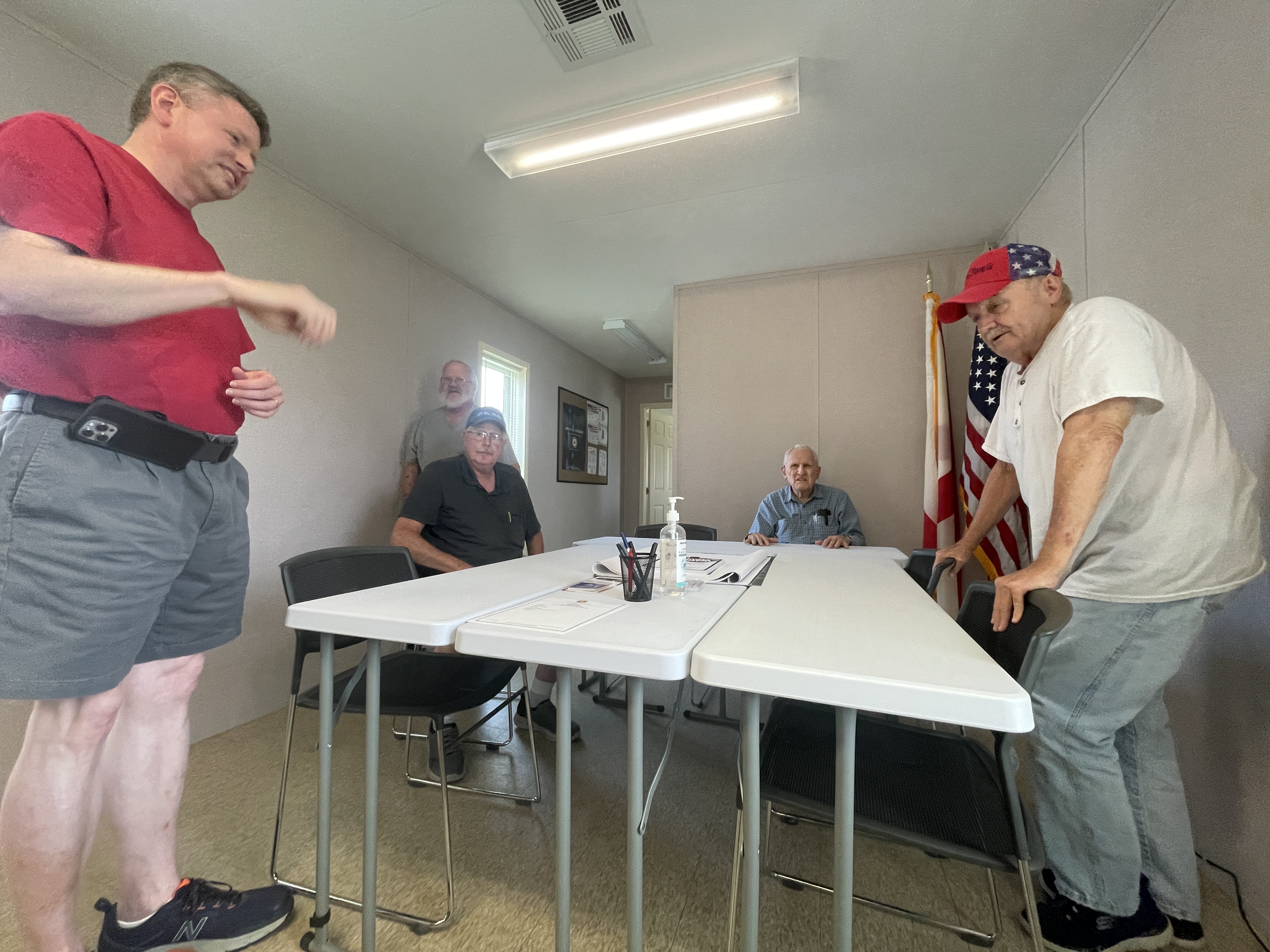Last Splash: Last Splash Hanceville city council votes to close public pool
Published 6:40 pm Friday, January 26, 2018
The swimming pool at Hanceville’s C.W. Day Park has seen its last splash.
At its regular meeting this week, the Hanceville City Council voted to close the pool permanently, citing concerns over the increasing cost to keep the decades-old amenity safe and free from an increasing problem with accumulating black mold.
Council member Charles Wilson cast the lone dissenting vote. The city was facing a potential $75,000 repair commitment to eradicate the black mold that’s currently growing beneath the pool’s liner, in addition to the usual supply, maintenance and personnel costs that continually dominate Hanceville’s park and recreation budget.
“The pool has always been a sponge for money,” said Mayor Kenneth Nail. “On top of expenses like the black mold, you’ve got to pay four lifeguards and a manager every season the pool is open.
“I know it definitely upsets some people, but I really believe this council is concerned for our children and isn’t going to wait long before getting something good going to replace what’s there now. It won’t happen overnight, but we’re very likely to see some action on what to do next at an upcoming council meeting.”
In November of last year, Hanceville Park and Rec director Ashley Dye presented the council with some introductory information on the relative costs and benefits of installing a splash pad at the current pool site as a replacement water feature. At that time, the council agreed to invite Hobbs Architectural Fountain of Atlanta to assess the cost of installing a splash pad.
Nail said it’s still not known how much installing a splash pad could cost, but added the initial expense would quickly bring a return on the city’s investment by presenting far lower staffing and maintenance costs.
“Even if we spend the same $75,000 on a splash pad, we’re still money ahead, because of what that same $75,000 would have bought us with keeping up the pool,” he said. “We want to use the existing pool pump and fixtures to run the splash pad, and use local labor to pour the concrete — and that would save us thousands from the start.
“There’d still be some upkeep costs with a splash pad, but you’d save money on lifeguards; you’d save money on repair, and you’d definitely be saving money on water. A splash pad doesn’t have the water volume of a junior olympic sized swimming pool. It costs $3,000 to fill the pool with water every year.”
Dye estimates a splash pad also could save the city more than $1,000 per month in chlorine treatment costs.






